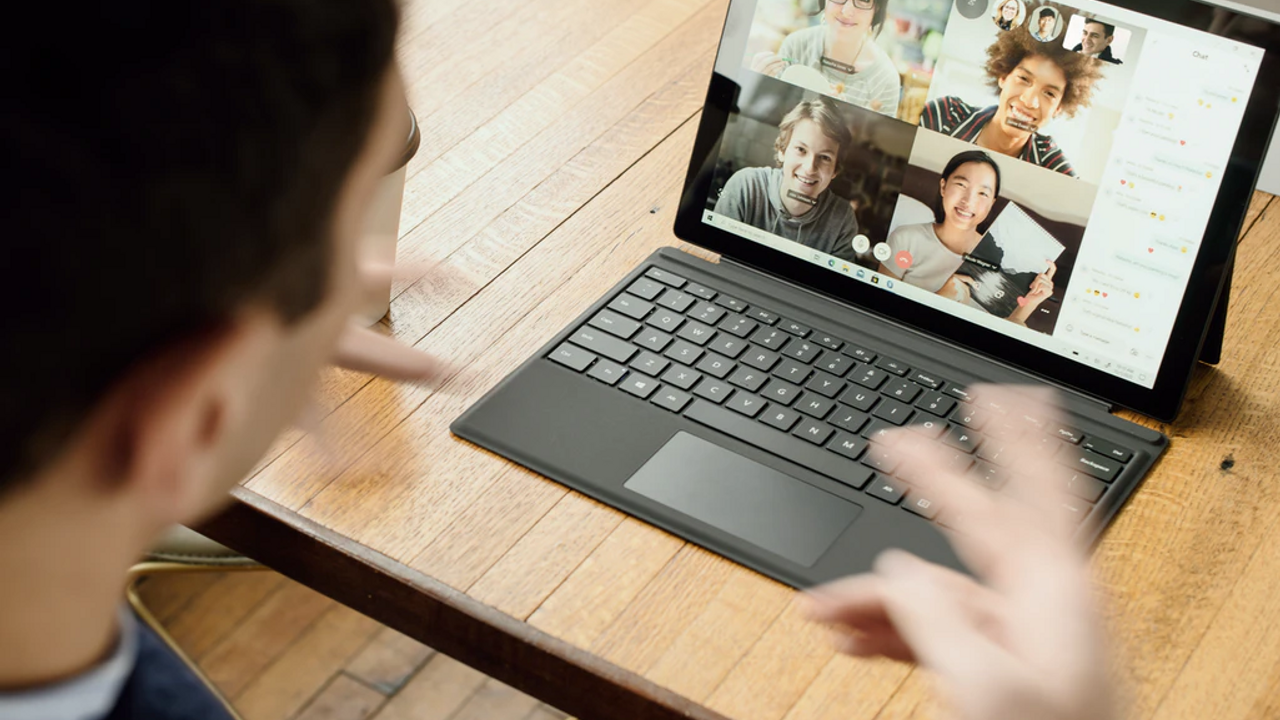Improve Your Communication with a Clear Objective

By John Millen
In The 7 Habits of Highly Effective People, the classic personal development book, the late Stephen Covey identifies habit number two as “Begin with the End in Mind.”
This is great advice for life and also applies to leadership and inspiring others to action.
That's because as a leader, with or without the title, your job is to influence others –– selling your ideas, yourself and your organization.
But you can't do that if you're not clear on your objective. The lack of a clear objective results in pointless communication.
Endless presentations and meetings
This is why one of the biggest complaints of people in business and other fields is that they have to listen to endless presentations and meetings with no point. And having to watch all of these on a computer monitor makes the agony even worse.
We've all been there: we sit through an hour-long presentation (or a day-long meeting) with lots of talking, details and posturing. Then we return to our real work, frustrated.
Often this results from poor planning. We decide we have to have a meeting or give a talk, set the date, and then scramble to pull together slides and an agenda.
Not enough thought is given to outcomes.
What do you want them to do?
The best place to start planning a presentation, or a meeting, is, as Covey said, with the end in mind. Why are you giving this presentation or holding this meeting? What do you want people to do?
The crux of the problem is that we live in a digital world. We are inundated with micro-bits of information and the constant tug of our phones. Research finds that most of us are exposed to some 5,000 marketing messages each day, in addition to emails, texts and social media. Our attention spans are shorter than ever.
That’s why the best presentations, and meetings of all kinds, should start with the action you want from people.
Add your call to action
If you can’t think of a specific action you’re asking people to take, it might be a good indication that you don’t need that meeting, or you don’t need to give this presentation.
If there’s no action, there’s no point.
You may say, there are presentations where you don’t need action from people, you’re only informing them.
Well, that may be true, but it still makes sense to ask for a meaningful response. With a request from you, people go from passive receivers of your information to actively engaged.
Let’s say you’re informing your team of a new business project. Why wouldn’t you ask people to send you an email with one positive and one challenge they see stemming from this new development?
You’ve engaged them, made them think and created a feedback loop for yourself. You’ll probably learn something you hadn’t considered.
Even better, ask for this feedback before the project is far along and incorporate the team’s ideas. Crowdsourcing is a wonderful thing.
Activate their brains
Calls to action are powerful because our brains are activated by a request. Our subconscious makes a note. There’s something I need to be alert to, there’s something I need to do.
Otherwise, we are just sifting through a stream of information, lots of information, with no real emphasis.
And if the request is made with urgency –– with a deadline –– our brain sets up a red flag next to the task. This must be done by a certain time!
If the request is delivered with passion, the brain takes this strong non-verbal signal and further elevates its importance.
It's like you're making a sale
Making a request is like the “close” in sales. It engages people and forces them to make a decision. Even if they decide to do nothing, they’ve made a decision.
But before you can ask them for something, you need to decide what you want them to do.
My request of you: this week, before you schedule a presentation or a meeting, decide, what's the outcome you seek? What do you want them to do?
In other words, begin with the end in mind.








